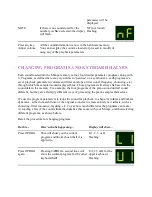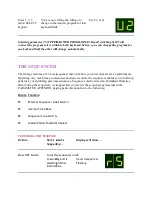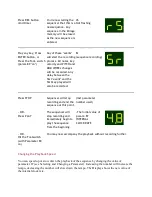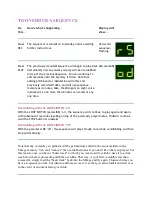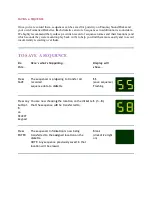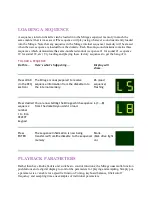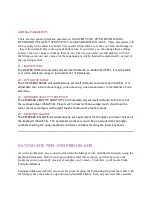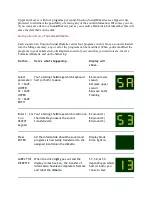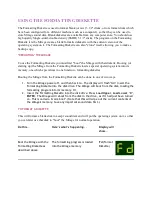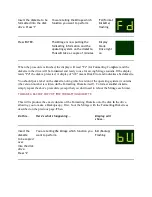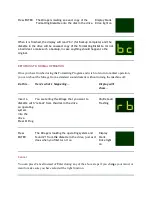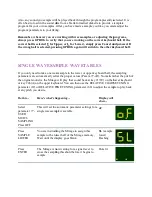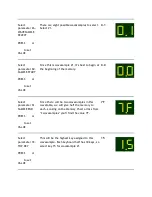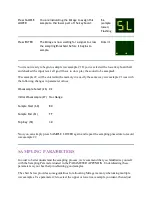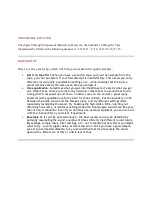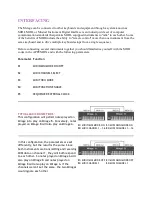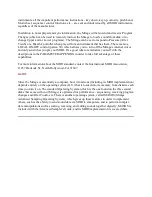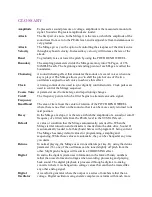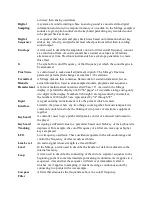
SAMPLING
Sampling your own sounds with the Mirage is where the fun really begins, Just about any sound
can be a source of inspiration for you, since just about any sound can be recorded and processed
with the Mirage. Acoustic sounds can be sampled by using a microphone, while electronic or
recorded sounds can be connected directly to the Mirage's line level input.
As you become more familiar with the Mirage and the sampling process, you'll begin to realize
that your creative possibilities are limited only by your imagination. First, here's a little
background to help you understand the process better.
DIGITAL RECORDING
As we hear them, sounds are energy patterns. In the air, this energy moves the parts of our ears,
creating electrical impulses that our brains can decipher, In tape recording, this energy moves
some part of a microphone, creating electrical impulses that are recorded electromagnetically on
magnetic tape.
In digital recording, the electrical impulses that represent the sound are converted into a series of
numbers which are recorded in a computer memory.
The analog signal is converted to a digital signal by the Analog to Digital Converter (ADC). The
ADC is a sophisticated, high-speed "observer".
Imagine, if you will, standing at the seaside with a ruler, stopwatch, pad and pencil. Now think of
measuring the height of the incoming waves with the ruler every time the stopwatch clicks off a
second, then writing the measurement and the time down on the pad with your pencil.
This would give you a rough idea of how to recreate the action of the waves at some future time.
This is essentially what an ADC does, except that it looks at the sound wave at the rate of 30,000
measurements, or "samples" per second.
The ADC records this information in specific locations in the memory in the form of binary code
numbers. The numbers and locations for one sample, which may be up to six seconds long, are
called the WAVESAMPLE, Playing the sound back is a matter of reversing the above process.
This requires a Digital to Analog Converter (DAC) that takes the digital information and re-
assembles the waveshape as voltage information that can be amplified and sent to the speakers.
Digital Recordings as Instruments
If we record a sound at a sampling rate of 30,000 samples per second and then play the sound
back at 60,000 samples per second, the note would be one octave higher than the original. By
precisely adjusting this playback rate with a keyboard controller, we can begin to create music.
Like everything else, there are a few catches to digital sampling. There's a limit to how far a
sampled sound can be raised or lowered in pitch before it begins to sound like a squeak or a thud.

